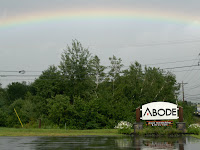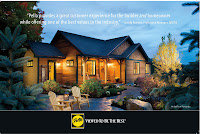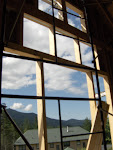 grandchildren and canine companions.
grandchildren and canine companions.Building many years ago and knowing building standards and choices have
 changed greatly, our clients took a year and a half to research home builders that offered the energy efficiencies, quality, turnkey timeline and the critical budget for the house they hand in mind to build.
changed greatly, our clients took a year and a half to research home builders that offered the energy efficiencies, quality, turnkey timeline and the critical budget for the house they hand in mind to build. Informal meetings ensued with our project manager Gerald Fransen and Principal Bob Wildes to hone the goals and wish list items they wanted in this 2 floor, full basement home. References of recent clients allowed them to ask impartial questions to those experiences of building an Abode home from inception to completion.
Informal meetings ensued with our project manager Gerald Fransen and Principal Bob Wildes to hone the goals and wish list items they wanted in this 2 floor, full basement home. References of recent clients allowed them to ask impartial questions to those experiences of building an Abode home from inception to completion.Once built, a comprehensive energy performance review was done by Horizon Residential Energy Services. By comparing this house to a computer model of the exact same house if it were built to current NEC (national energy code) standards gives a HERS (home energy rating systems) score. On a scale of 0-100, zero being a highly efficient home and 100 being built to the energy code minimum an index score of 80 or less is necessary to achieve the Energy Star label.
 This home scored a HERS index of 56 making this home 44% more efficient than a standard code built home!
This home scored a HERS index of 56 making this home 44% more efficient than a standard code built home!From the ICF basement where the "Man Cave" is bright, dry and comfortably housed to the 2nd floor sewing room/office, each area will enjoy similar interior comfort due to the combination of products used.
Panelized construction, Pella Energy star windows and doors, spray foam and fiberglass insulation, coupled with Energy Star lighting and appliances and high efficiency boiler all add up to lower fuel and utility costs. Combined with the value engineering Abode incorporates into any project, gives peace of mind and the confidence that good decision making prior to construction and ongoing suggestions/support benefit the client and their home for many years to come.




















